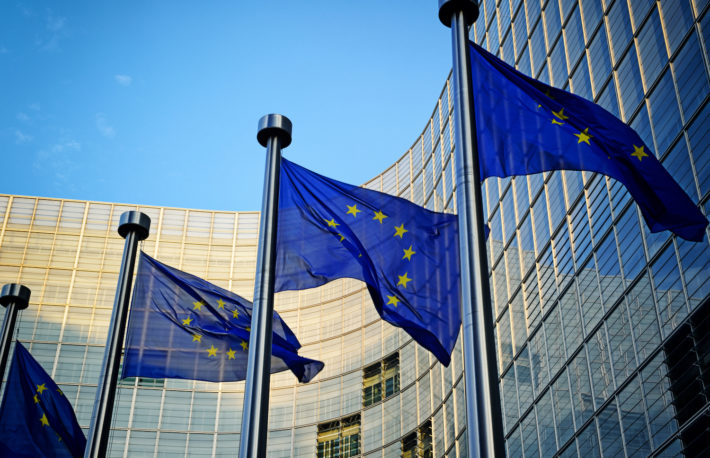A new fund has been set up with the aim of preventing the EU falling behind nations like the U.S. and China on blockchain and artificial intelligence (AI) innovation.
The European Investment Fund (EIF) and the European Commission have together put up €100 million (over $110 million) for a dedicated investment scheme that will make capital available to AI and blockchain projects via VC funds or other investors, EIF, an EU agency set up to indirectly fund SMEs, said in a blog post on Wednesday.
With the “cornerstone” funding in place, the EIF said private investors are expected to bring up to €300 million ($331 million) into the fund, while the total could rise further from next year, with national promotional banks being able to co-invest under the scheme.
Sifted reports that the fund could ultimately raise up to €2 billion ($2.2 billion) under the InvestEU Programme.
According to the post, the EU already spends plenty on blockchain (expected spending for 2019 is $674 million), but that is mostly directed toward research and proof-of-concepts.
The U.S. is the biggest spender, with a $1.1 billion expected spend, and China is second with $319 million, according to cited numbers from the International Data Corporation.
The new fund is aimed to address the fact that not so much is spent in the EU on developing “larger scale projects.
“Investing in a portfolio of innovative AI and blockchain companies will help develop a dynamic EU-wide investors community on AI and blockchain. By involving national promotional banks, we can scale up the volume of investments at a national level,” the EIF said.
Read more at EU Launches Estimated €400M Blockchain, AI Fund to Avoid Lagging US, China
Share your thoughts in the comment box. Subscribe us to get more updates.




















